Easy ways to wash hands after self-tanning.

Bad weather, sensitive and easily sunburned skin, lack of time or opportunity to tan in a traditional way - there are many reasons why we decide to use self-tanner. Cosmetics that allow us to achieve a darker skin tone are extremely popular, but also have a bad reputation. This is due to the streaks and stains they leave on the skin, which are difficult to remove with traditional methods.
The price of beauty
Applying self-tanner is a process that may seem complicated at first glance, but with practice, it can easily and affordably give us the desired skin tone all year round. However, in order for the treatment to be effective and to avoid the most common unwanted effects, such as the formation of unsightly, darker spots, it is essential to follow the instructions included with the specific product and - most often - exfoliate the entire body to thoroughly remove dead skin cells, which could otherwise lead to uneven distribution of the product. It is also worth moisturizing the prepared skin well, which will make it easier to spread the cream or foam smoothly and maintain the desired shade of tan for longer.
Taking fate into our own hands
After completing the necessary preparations, it is finally time to darken our skin. One characteristic of self-tanner that should be paid special attention to is the fact that each subsequent layer applied to the skin significantly deepens the resulting color. This is of course important when ensuring that the entire body receives an equal amount of product, but it also means that the hands responsible for spreading the product receive a disproportionately larger amount of cream than the rest of the skin and are exposed to intense tanning.
To avoid this, it is worth washing your hands thoroughly and for a long time after the whole process, not omitting any of the most commonly overlooked places. However, an even better solution is to simply buy a special self-tanning glove, which, in addition to protecting your hands, helps to evenly distribute the product. But if we simply want to protect ourselves from getting dirty, regular protective gloves will work just as well. But what if we have already stained our hands and need a quick and effective way to remove self-tanner stains? There are a few simple methods that can help.
1. Water with baking soda
The first method for removing streaks and stains caused by careless application of self-tanner requires a large amount of baking soda, water, a small bowl, and a cloth that will not irritate our skin. To achieve the desired effect, pour the baking soda into the water in an amount sufficient to obtain a mixture with a thick paste consistency, and then rub the resulting ointment with a cloth in the area with too dark color. The process may take some time, but the first effects will be noticeable quite quickly and the unwanted shade will gradually disappear. The last step here will simply be to rinse the skin with water.
2. Lemon juice with baking soda
While in the first case we were dealing with products that should easily be found in most households, the second way of removing self-tanner may require a trip to the store. Lemon juice has natural lightening properties and even when used without any additives, it is able to remove many stains, not only those caused by darkening cosmetics. However, its strength is limited and it is not suitable for fighting intense dirt. In case of the need to deal with such problems, baking soda comes to the rescue. Both of these ingredients should be thoroughly mixed together in order to obtain a substance resembling a peeling in texture. By rubbing it into the hands in the same way as washing them (paying special attention to the spaces between the fingers, the thumb area, and the fingertips), the unwanted color can be removed and the skin can regain its natural shade after rinsing with water.
3. Toner based on alcohol or spirit
Drugstore products based on alcohol are created in such a way that they can be effectively used to remove a wide range of cosmetics, so it's no wonder that they also work on self-tanners. The right amount, applied directly to a cosmetic pad and rubbed into the skin, should work quickly and guarantee a fully satisfactory effect. However, it's important to remember that both alcohol and salicylic acid - two key ingredients in removing stains from tanning creams - are substances that can dry out the body very strongly. Therefore, it is strongly discouraged to use this method for people with skin prone to cracking. It is also recommended to finish cleaning your hands with a toner by rubbing in a cream or other product that will properly moisturize and protect your hands from the consequences of using such intensely acting agents.
According to the principles of art
Modern cosmetic products allow for truly stunning results, but we must not fall into the trap of thinking that they will do everything for us. In order for a self-tanner to fully meet our expectations, we must not only follow the instructions for its use and demonstrate meticulousness and attention to detail, but also analyze which product will best suit our original skin tone and carefully prepare for its application by purchasing the appropriate accessories and setting aside enough time to apply the product slowly. Let us also remember that facial skin differs from the rest of the body and in order to avoid clogging our pores, we should invest in a product specifically designed for this purpose, and after the fact, not neglect our skin and regularly moisturize it to maintain the tan effect for longer.
Using gloves or thoroughly washing your hands after using self-tanner can save you a lot of trouble the next day. However, if you do find yourself in a situation where you need to use more aggressive methods to remove stains, it's important to take care of your hands afterwards, as they can suffer a bit from such treatments. Nourishing and protective hand creams, which support the regeneration of damaged skin from scrubbing, will prove to be invaluable.
Ryszard Kurek
All rights reserved. No part of this publication (text, graphics, images, photos, files, and other data) presented on the OLE.PL online store may be reproduced or distributed in any form or by any means without prior permission. All trademarks, graphics, brand names, and other data are protected by copyright and belong to their respective owners.
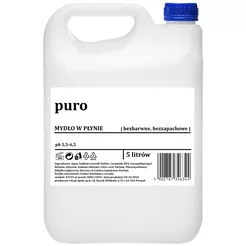
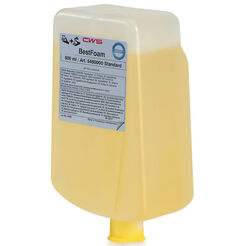
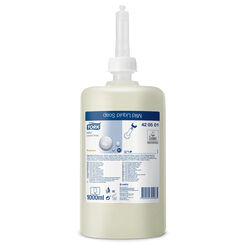
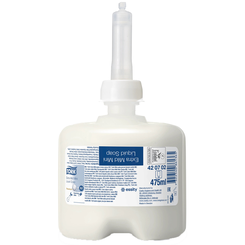







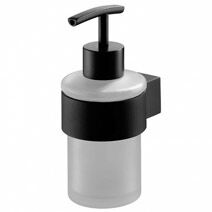




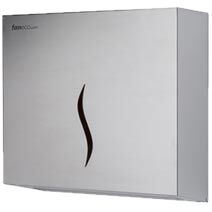













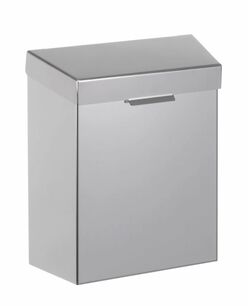
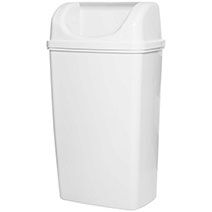







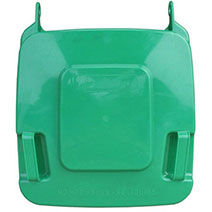





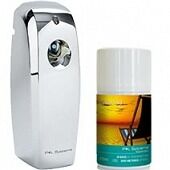









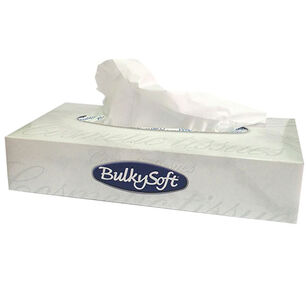







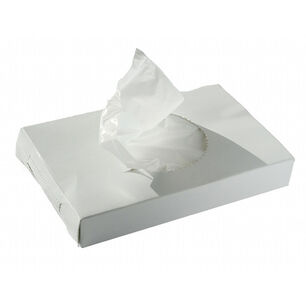







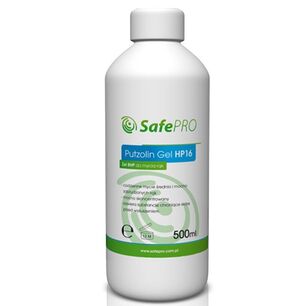




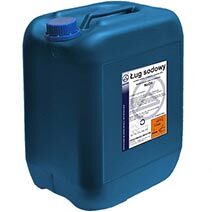



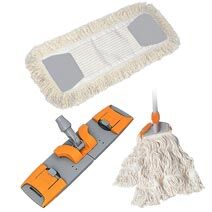




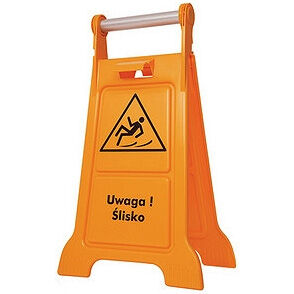


 Polski
Polski
 Czech
Czech
 German
German
 Spanish
Spanish
 Slovak
Slovak